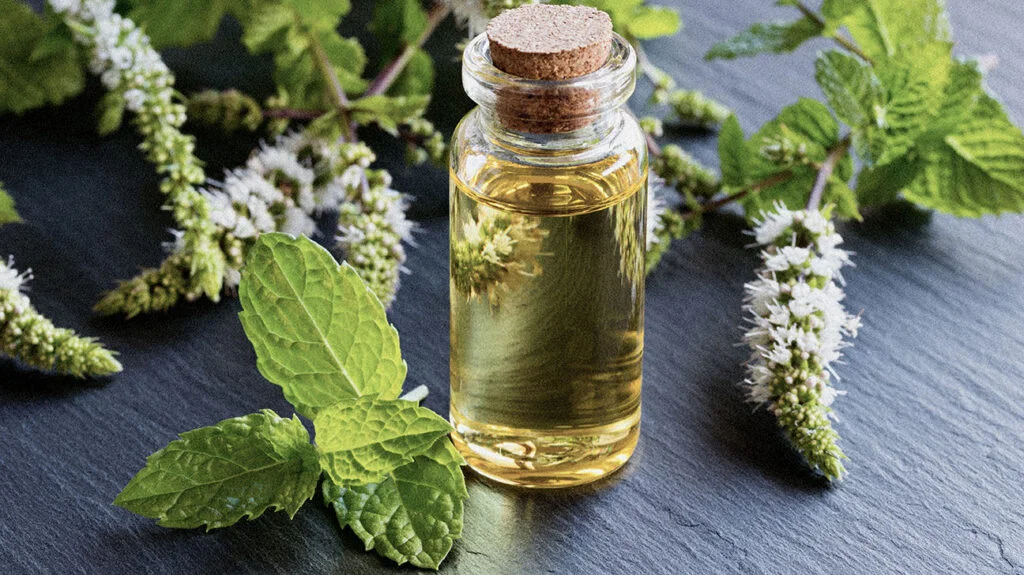Can Basil Live In Just Water?

Can Basil Live in Just Water?
Basil (Ocimum basilicum) is a popular herb known for its aromatic leaves and culinary uses. It is a member of the mint family and thrives in warm climates. Many gardeners and herb enthusiasts often wonder if basil can survive and grow in just water, particularly in the context of hydroponics or water propagation. This article explores the concept of growing basil in water, the conditions required for success, and the advantages and disadvantages of this method.
Understanding Basil
Basil is a tender annual herb that is widely used in various cuisines, especially in Italian, Thai, and Mediterranean dishes. It is valued for its flavor and aroma, which come from essential oils present in its leaves. Basil is also known for its health benefits, including anti-inflammatory and antioxidant properties.
Types of Basil
There are several varieties of basil, each with its unique flavor profile and appearance. Some common types include:
- Sweet Basil: The most common variety used in cooking, characterized by its sweet aroma and flavor.
- Thai Basil: Has a spicier flavor and a more pronounced anise scent, commonly used in Asian dishes.
- Genovese Basil: A type of sweet basil known for its large leaves and strong flavor, ideal for pesto.
- Purple Basil: Features dark purple leaves and a slightly different flavor, often used for ornamental purposes.
The Concept of Growing Basil in Water
Growing basil in water is a method often referred to as hydroponics or water propagation. This technique involves placing basil cuttings in water to encourage root development. While basil can survive in water for a certain period, there are important factors to consider for long-term growth.
How to Propagate Basil in Water
- Selecting Cuttings: Choose healthy basil stems that are at least 4-6 inches long. Look for stems with no flowers, as flowering can affect the flavor of the leaves.
- Preparing the Cuttings: Remove the lower leaves from the stem, leaving only a few leaves at the top. This helps prevent rot when submerged in water.
- Placing in Water: Place the cuttings in a glass or jar filled with water, ensuring that the nodes (where leaves emerge) are submerged. Avoid letting the leaves touch the water to prevent decay.
- Providing Light: Place the jar in a location with bright, indirect sunlight. Basil thrives in warm, sunny conditions, so ensure it receives adequate light.
- Changing the Water: Change the water every few days to prevent stagnation and bacterial growth. Fresh water encourages healthy root development.
- Waiting for Roots: After a week or two, you should see roots developing from the nodes. Once the roots are about 2-3 inches long, the basil can be transferred to soil for continued growth.
Can Basil Live in Just Water Long-Term?
While basil can thrive in water for a limited time, it is not a sustainable long-term solution for growth. Here are some considerations:
Pros of Growing Basil in Water
- Easy Propagation: Water propagation is a simple and effective method for starting new basil plants.
- No Soil Needed: This method is ideal for those who may not have access to soil or prefer a cleaner growing environment.
- Visual Appeal: Growing basil in water can be aesthetically pleasing, allowing you to observe root development.
Cons of Growing Basil in Water
- Nutrient Deficiency: Water alone does not provide the essential nutrients that basil needs for healthy growth. Over time, the plant can become nutrient-deficient, leading to stunted growth and poor leaf quality.
- Limited Growth: Basil plants grown solely in water may not reach their full potential compared to those grown in soil, where they can access a broader range of nutrients.
- Short Lifespan: Without proper nutrients, basil plants grown in water may have a shorter lifespan and may not produce as many leaves or flowers.
Best Practices for Growing Basil
To ensure the best results when growing basil, whether in soil or water, consider the following best practices:
- Provide Adequate Light: Basil requires at least 6 hours of sunlight per day. If growing indoors, consider using grow lights to supplement natural light.
- Maintain Temperature: Basil thrives in warm temperatures between 70°F and 90°F (21°C to 32°C). Protect it from cold drafts and extreme heat.
- Watering: If growing in soil, water basil when the top inch of soil feels dry. Avoid overwatering, as basil does not like soggy roots.
- Fertilization: If growing in soil, use a balanced fertilizer every 4-6 weeks to provide essential nutrients. For water-grown basil, consider adding a diluted liquid fertilizer once roots are established.
- Pruning: Regularly pinch off the tips of basil plants to encourage bushier growth and prevent flowering, which can affect flavor.
Conclusion
In conclusion, basil can survive in water for a limited time, making it an excellent method for propagation. However, for long-term growth and optimal health, basil plants should be transferred to soil or a hydroponic system that provides the necessary nutrients. By following best practices for care, basil can thrive and provide a bountiful harvest for culinary use.
FAQs
1. Can basil grow in just water indefinitely?No, while basil can survive in water for a limited time, it will not thrive long-term without access to nutrients found in soil.
2. How long does it take for basil cuttings to root in water?Basil cuttings typically take 1-2 weeks to develop roots in water, depending on environmental conditions.
3. What is the best way to propagate basil?The best way to propagate basil is by taking cuttings from healthy stems and placing them in water until roots develop, then transferring them to soil.
4. How much light does basil need?Basil requires at least 6 hours of sunlight per day to grow well. If growing indoors, consider using grow lights.
5. Can I grow basil indoors in water?Yes, basil can be grown indoors in water, but it is essential to provide adequate light and change the water regularly to prevent stagnation.
Additional Resources
For more information on basil and its growing conditions, you can refer to the following resource:
| Topic | Link |
|---|---|
| Basil (Herb) | Wikipedia |
This article provides a comprehensive overview of the concept of growing basil in water, including propagation methods, care tips, and considerations for long-term growth.



